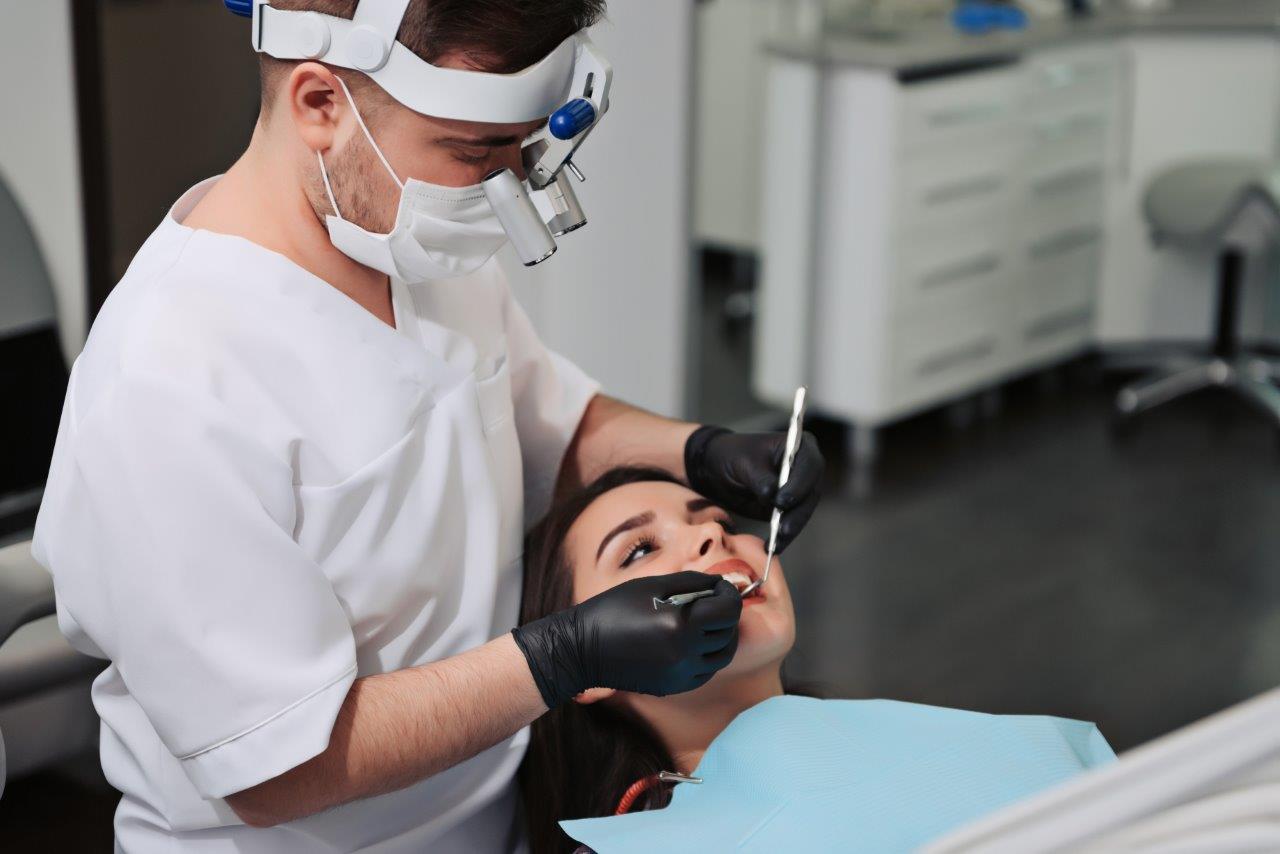

What is a dental filling?
Your dentist or dental practitioner can use a dental filling to fix a cavity (hole), in a tooth. You may need a filling if you have tooth decay or if the tooth has been damaged due to trauma. Your dentist or dental practitioner may find damage to the structure of a tooth when you have a dental x-ray.
A dental filling is a filling to close a cavity in a tooth after removing the rotten tooth substance, so that the tooth is an entire healthy unit again.
What types of filling are there?
Various materials can be used to fill a cavity (hole) in your tooth. Your dentist or dental practitioner will advise you which is suitable for you.
Composite resin
Composite resin is a white or tooth-coloured material. It can be matched to the colour of your other teeth. Composite resin filling material is bonded (glued) to your tooth. A small amount of your old tooth is removed when getting a composite filling.

Glass-ionomer cement
Glass-ionomer cement is also white or tooth coloured. It is not as strong as composite resin. Glass-ionomer cement might be used if you need a temporary filling. It has many other uses too such as fissure sealing.
Porcelain fillings
Porcelain are long-lasting fillings. Porcelain fillings can be matched to the colour of your other teeth .It can be used for molar teeth.
You may need 2 appointments to get a porcelain filling, as this is made in a dental laboratory, to fit your tooth.
Temporary fillings
Your dentist or dental practitioner may decide to do a temporary filling. Sometimes the filling material will need to be removed again very soon.
You may need a temporary filling when:
- your tooth needs to be treated over more than one appointment
- there is not enough time to complete your treatment in one dental visit
- you need emergency dental treatment
- your tooth cavity needs to be covered up between root canal treatment appointments
What should I expect after a dental filling?
After you have a filling, your tooth might feel more sensitive when you:
- eat something sweet
- eat something hot or cold
- bite your teeth together
You should see your dentist or dental practitioner if your tooth is still sensitive after a few days.
Dental fillings do not last forever. They can become chipped or worn or change colour over time.
What are the benefits and risks of a dental filling?
A filling is usually a simple treatment for tooth decay and it might make the tooth sensitive for a short time. Over time, fillings may chip or crack, allowing food and bacteria to become trapped. Visit your dentist or dental practitioner for regular check-ups.
When and what can I eat?
If there was anesthetic used during your procedure please avoid chewing until the numbness has completely gone away.
Can I brush and floss?
You can brush and floss your teeth as you normally would.
What if there is discomfort?
You may experience some discomfort due to irritation to the area during the treatment procedure. If for any reason your bite does not feel even or balanced, please call us to schedule an appointment so we can adjust it at your earliest convenience.
Related Treatments
Frequently Asked Questions
Request an appointment
Please complete the details and we will book you shortly.
